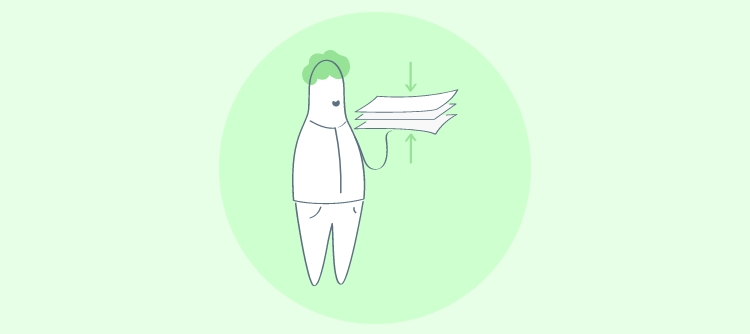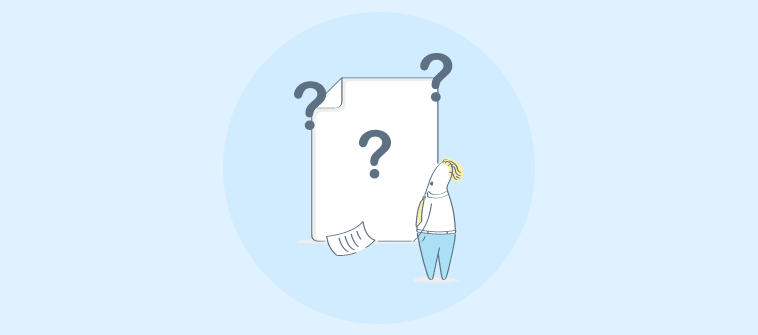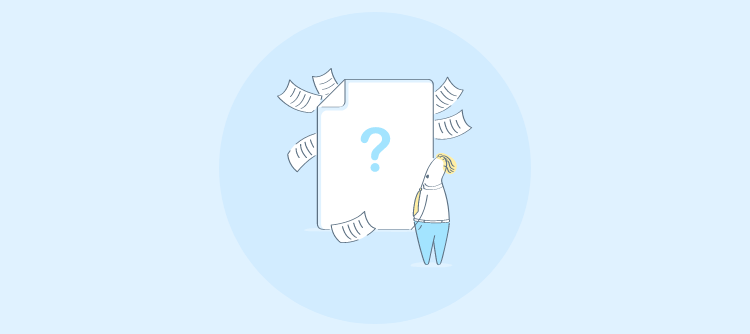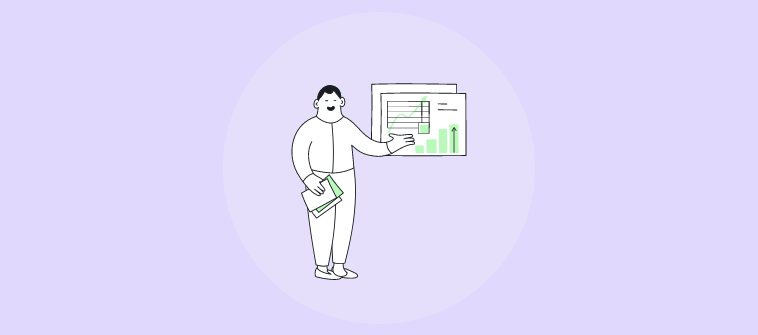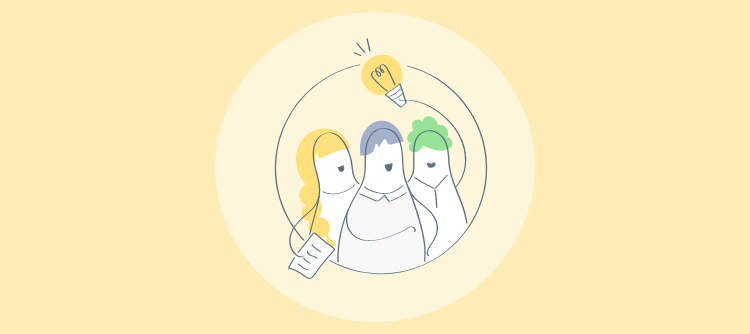
Focus Group is one of the critical components of market research. It is an interactive group discussion method where selected participants share their thoughts on a particular product, service, or other things.
Suppose you are planning to launch a new product in the market. But before that, you want to undertake extensive market research to understand customers’ thoughts and opinions. Although surveys and questionnaires are helpful to a certain extent in conducting in-depth research, it’s not practical to extract enough actionable insights into a customers’ thought process or feelings. Moreover, they can’t provide quantitative data about the subject.
By conducting a focus group, you can understand what your target audience will like, so you can incorporate those elements into it before launching the product in the market. Or how much they are ready to spend so you can set the pricing accordingly.
This blog will discuss what a focus group is, its advantages, examples, and how to conduct one for your next research.
Let’s start.
What Is a Focus Group?
A focus group is one of the most popular and effective market research methods of gathering qualitative data through group interaction. It consists of a small group of people (usually 6-10) and a moderator to participate in a discussion. People are selected based on shared characteristics like geographic location, age group, ethnicity, shopping behavior, shopping history, or other such factors. The participants share their thoughts and feelings on the particular subject so the researcher can collect valuable data and make informed decisions.
The purpose of conducting a focus group is to understand a topic, whether it is a product, service, belief, perception, or anything in greater depth. It is used to identify people’s opinions, attitudes, sentiments and explore the reasons behind these.
Characteristics of Focus Groups
For focus research to be effective, it is essential to have the following given characteristics:
Small-Group of People
Usually, focus groups consist of 6-10 people. The group needs to be small in size to make a valuable contribution to the discussion. Large groups can hinder the focus discussion as some people may dominate the conversation, and others might not present their thoughts.
Homogenous Group
It is crucial for focus groups to have a degree of homogeneity. Specific topics can only be explored in greater depth when there is homogeneity among the participants about usage or attitudes toward the product. The participants can be similar in terms of demographic, geographical, psychographic, purchase behavior, attitude, or any other criteria that suit your research.
Open-Ended Questions
Focus Group consists of pre-decided open-ended questions that enable participants to share their thoughts and feelings about the subject. For example, “what do you think about the features of this product?” It is important not to include close-ended questions like “Yes” or “No” as this will not result in open-ended, free-flowing discussion among the participants.
Qualitative Data
Another essential characteristic of the focus group is that it offers qualitative data that is comprehensive in nature and not numerical. It provides a platform for in-depth discussion. Also, there is a lot more than the group interview. Essentially, it involves sharing first-hand opinions and experiences by participants.
Types of Focus Group
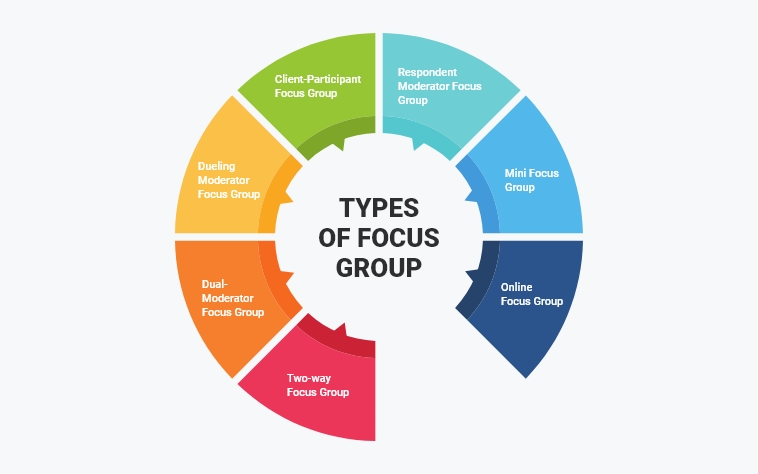
Basically, there are 7 types of focus groups. Based on your research, you can select any type. Let’s have a look at them:
Two-Way Focus Group
It involves two groups; each group with its own moderator. One group discusses the topic while the other group listens and observes them. Then, the second group discusses the subject by observing the thoughts of the first group. This arrangement aims to facilitate more discussion and additional insights about the particular topic.
Dual-Moderator Focus Group
In this type of opinion group, two moderators are used. One moderator ensures smooth execution of the session, the other guarantees that each question is covered in the discussion.
Dueling Moderator Focus Group
Just like the Dual-Moderator focus group, it also involves two moderators. The difference is that both moderators purposefully take opposite sides of the topic to explore both sides of an issue and generate new insights regarding the subject.
Client-Participant Focus Group
In this type of arrangement, a client who asked to conduct the focus group is also sitting as a participant with the group. It gives the client more control over the discussion, and he can lead the qualitative discussion wherever he wants to.
Respondent Moderator Focus Group
In this type of focus group, the researcher asks some participants to act as moderators for a temporary period to avoid unintentional bias. This type of arrangement changes the groups’ dynamics and makes people more open and honest with their answers.
Mini Focus Group
In contrast to a regular research focus group with 6-10 people, a mini focus group has only 4-5 people. This type of event is suitable when a more intimate approach is needed as ordered by the client and subject matter.
Online Focus Group
Using a teleconference or the internet, the remote or online focus group brings together people from different places who might not meet in person. Here, participants interact through a video call, and the moderator asks the questions and leads the conversation.
How to Conduct a Focus Group
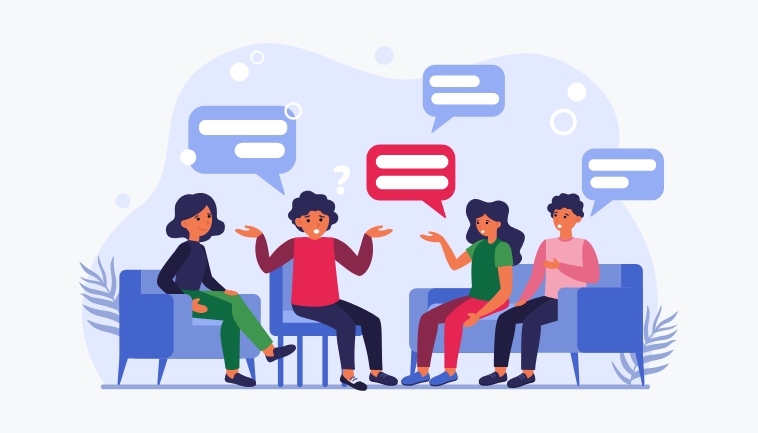
As discussed above, not all focus groups are the same. But there are some general steps that you can follow that help gather data from customers efficiently. Let’s discuss how to run a focus group:
1. Set Your Focus Group Objectives
Before you select the focus group participants, it is crucial to determine what you want to achieve from this activity. Why are you conducting this survey? For example, do you want to launch a new product or service? Or want to study in detail about your existing customers? Setting clear specific objectives will help you efficiently plan your focus group.
2. Select the Right Audience and Moderator
Establishing clear goals will help you decide the right target audience for focus groups. You need to select the people who have adequate knowledge of the topic so that they can add a valuable contribution to your group research.
It is also equally necessary to select the right moderator. Your moderator should understand the topic, ensure participation from all members, and that group discussion is steering in the right direction that aligns with research objectives.
3. Choose Time and Venue
You can either conduct focus groups offline or online mode. Having a group discussion online will have greater flexibility as more people worldwide will be able to join the focus grouping from the comfort of their homes. If you decide to get together in person, make sure to select the location that is easy to find and access and is large enough to accommodate your participants in one space, like a meeting room or hall.
Also, ensure to select the proper time when your target audience will be available. For instance, if your focus group requires professionals, you should go for weekends or after work hours.
4. Write The Questions
The objective of conducting a focus group is to gather rich information. Hence, it is crucial to write the survey questions engagingly before you actually complete the event. Ensure to keep the questions open-ended with no particular answer implied. You can start questions with words like “how,” “why,” and “what” to get more participation from participants. For instance, “How do you feel about using this product?”
5. Conduct the Session and Analyze the Data
The next step is conducting the focus groups. While following the list of topics to be covered is vital, the moderator should also remain open-minded and allow participants to speak about the things that they believe are significant. Make sure to record or document the entire conversation that will help you analyze the data and make conclusions.
FREE. All Features. FOREVER!
Try our Forever FREE account with all premium features!
Focus Group Research Best Practices
Running a successful focus group requires a lot of careful planning. So, if you’re new to this concept, you can follow the below tips to best utilize this qualitative research method.
Have a Clear Strategy
For a focus group to be successful, it is important to have a clear plan before inviting the participants. You should be clear in your approach what end-result you want to achieve. For instance, you want qualitative data regarding the launch of new products or the effect of change in the pricing of existing products.
Ask Important Questions in the Beginning
Usually, the participants are most focused at the beginning of the event. So, try to ask the most crucial focus group questions at the event’s start and steer the conservation in the direction that matches the research objectives. This will also ensure that all the essential questions are covered before the time runs out.
Use Ice Breaker Questions
You can ask the participants to introduce themselves or ask quick icebreaker questions at the beginning of the event. It will help people ease up and interact more with other participants during the focus group discussions.
Select the Convenient Venue
It is vital to select a public place for the focus group discussion that is easy to access, well connected by public transport, and has good parking. It will ensure that participants arrive on time without facing any significant difficulties. You can also provide clear instructions on reaching the location to your audience before the event.
Create a Relaxing Environment
Participants will speak openly and freely only when they feel comfortable. Ensure to set a comfortable temperature in the hall/room, proper seating space, and arrange water bottles for everyone. You can also offer light snacks if you think the discussion will take more than 1 hour.
Try to Interact More With Quiet Participants
In a focus group, some individuals may sometimes dominate the topic, so make sure to approach quiet participants directly so you can gain insights from everyone. You don’t have to be demanding; simply go around the room and direct particular focus group questionnaires to specific people.
Keep the Duration Short
In general, the longer your focus group runs, the less interested people are likely to be in it. This can make it more challenging for people to come up with creative ideas or have a lively debate. Try to keep it short by not exceeding 1-2 hour duration.
Focus Group Examples
A Focus group is used in various fields to collect quantitative data about a subject. It is used in situations where public opinions guide an action. Let’s look at some of the focus group examples:
Focus Group in Political Field
Suppose a political party is interested to know how the working population would react to change in a specific policy. They can conduct the focus group research method in this scenario, where they can select some of the respondents who will act as the representative sample of a population. By observing the respondents discussing those policies, market researchers would analyze the data and report their findings to the party.
Focus Group in Marketing Field
Focus groups are also used in the Marketing and Sales domain. For example, a marketing firm wants to launch a new cosmetic product for its female customers. So, they will conduct the focus group of females, where they will discuss what features are essential for them, how much they are willing to pay for those benefits, which product they are currently using, why they like it, and what problems they face while using the product. The researcher can collect in-depth data based on these discussions and draw a suitable conclusion.
Focus Group Question Examples
Focus group questions fall into four categories, each of which is discussed below.
Introductory Questions
Introductory Questions are usually open-ended questions that are asked at the beginning of the focus group. The purpose of these questions is to stimulate the members to interact with each other and set the tone of the discussion. You can use introductory focus group questions to drive the discussion in the way you want it to go.
Examples:
- Today we are here to discuss product X. What are your thoughts about it?
- When was the last time you used product X?
- What is your favorite brand of product X? Why?
- How often do you use this product?
- From where did you hear about product X?
- What do you like the best about product X?
- What do you not like about product X?
Exploration Questions
As the name suggests, these questions explore the subject more deeply. They stimulate responses from the audience that offer detailed insight into what they think of the particular topic. Exploration questions should be structured to draw out as much information from members as possible. Let’s discuss some focus group questions examples in this case.
Examples:
- What will you like to change about product X?
- What first comes to your mind when you think of product X?
- Why have you stopped using product X?
- What do you like about brand X as compared to brand Y?
- Has your usage of product X declined or increased in the last three years?
- What are your specific expectations while selecting this product?
- If brand X is not available in the market, which brand will you choose and why?
Follow-up Questions
After exploration questions are asked, follow-up questions are used to collect specific insights to clarify anything that is unclear or to invite more participation from participants. Let’s discuss some of the focus group examples for follow-up questions.
Examples:
- How can product X be improved?
- You said …………………….. about product X. What do you mean by that?
- Can anyone else relate to this (Name) experience?
- What is it about product X that makes you feel this way?
- Is there anyone in the group that doesn’t feel this way about product X?
- What are the chances that you will recommend this product to others?
Exit Questions
After all the pre-decided topics have been covered, you can ask exit questions to ensure that nothing has been left unsaid. Make sure that your participants don’t leave the event with any lingering doubt. Exit questions are designed in a way to wrap the event. Let’s discuss some focus group questions examples in this case.
Examples:
- Is there anything else that you would like to add about product X?
- Would you like to discuss any other topic related to the product?
- Anything else that you feel essential has not been covered during the discussion?
- We discussed in detail about brand X but not Y. Would you like to add anything about brand Y?
Advantages of Focus Group
The best part of focus groups is their interactive nature. It allows participants to interact and discuss topics in detail that offers rich qualitative data. Focus Groups are beneficial because they provide an alternate way of collecting data from target consumers without using surveys that only produce quantitative data. Getting into the minds of customers is extremely difficult. But the focus group research method provides an engaging way to gather first-hand information of customer thoughts, opinions, and perception of your brand, service, or product.
Also, focus groups are flexible by design. You can understand what customers feel about the subject by their body language and way of speaking. Moreover, you can steer the discussion to match your research objectives to collect the information you want.
FREE. All Features. FOREVER!
Try our Forever FREE account with all premium features!
Ready to Collect Qualitative Data to Obtain Rich Customer Insight?
By now, you must have understood the importance of a focus group. There is no better way to collect in-depth customer insights than conducting this extensive market research method. Focus groups can be utilized in different fields where the action is based on the customer’s opinion. It is an excellent way to get into a customer’s head.
Focus groups can also be combined with other research methods like interviews and surveys to make it more effective. Based on the type of research and data you need, a focus group can be used with other research methods to offer actionable insights. You can use a robust survey tool to quickly deploy your survey and combine it with a focus group for efficient results.
 Tips
Tips
We’d love to hear your tips & suggestions on this article!
FREE. All Features. FOREVER!
Try our Forever FREE account with all premium features!


 We'd love your feedback!
We'd love your feedback! Thanks for your feedback!
Thanks for your feedback!


